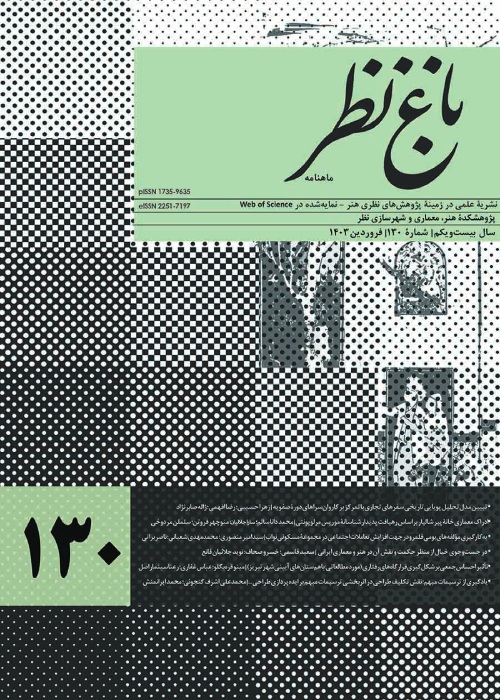Rereading Architecture Archetypal Indicators of Qajar Houses Located in Nobar Neighborhood of Tabriz, Iran
Problem statement:
Tabriz, one of the most important cities, during the Qajar era includes historic houses located in the Nobar neighborhood fabric. These historic houses are precious heritage used to analyze and develop design models. On the other hand, archetypal concepts have an outstanding situation in the physical structure of landmark monuments in the past. It seems there are latent notions in the designs of the Qajar houses of Tabriz, in addition to house formation patterns.
the present study aimed at finding the association between archetypal concepts in Qajar houses located in the Nobar neighborhood and their similarities and differences.
this is a qualitative study in terms of content and a historic-analytical study in terms of research structure. This study used grounded theory for data analysis.
This study found similar meanings and different indicators in houses located in the Nobar neighborhood by extracting the components shaping archetypal concepts and content analysis of transcripts by coding these contents. In terms of micro-spaces attributed to buildings in the closed part, the most similarity was observed in the ponds, while the lowest similarity was seen in the entrance regarding the application of archetypal concepts. Moreover, there are equal similarities and differences in closed spaces. In semi-open spaces, similarities exceed differences in porches. Finally, differences are greater than similarities in courtyards and balconies regarding open space. Therefore, despite the shared spaces in the studied houses and apparent similarities in their geometrical formation, the differentiated concepts exceed the similar ones implying different patterns and designs of historic houses during the Qajar era.
- حق عضویت دریافتی صرف حمایت از نشریات عضو و نگهداری، تکمیل و توسعه مگیران میشود.
- پرداخت حق اشتراک و دانلود مقالات اجازه بازنشر آن در سایر رسانههای چاپی و دیجیتال را به کاربر نمیدهد.



